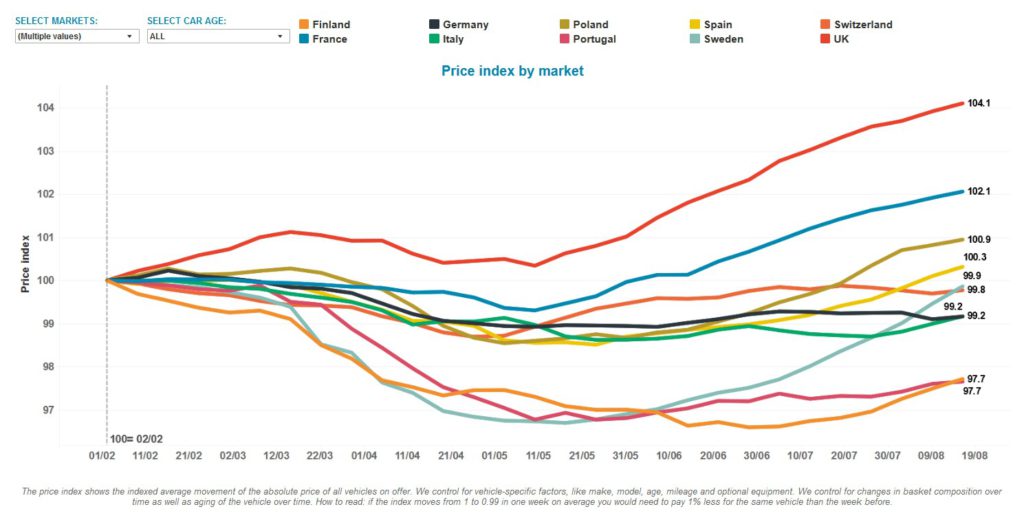Special guest Szabolcs Jánky, head of product management for aiSim at AImotive, talks with Autovista Group Daily Brief journalist Tom Geggus. The topic up for discussion: how over-the-air-software updates are changing the future of vehicles…
You can also listen and subscribe to receive further episodes direct to your mobile device on Apple, Spotify and Google Podcasts.

 Schließen
Schließen


